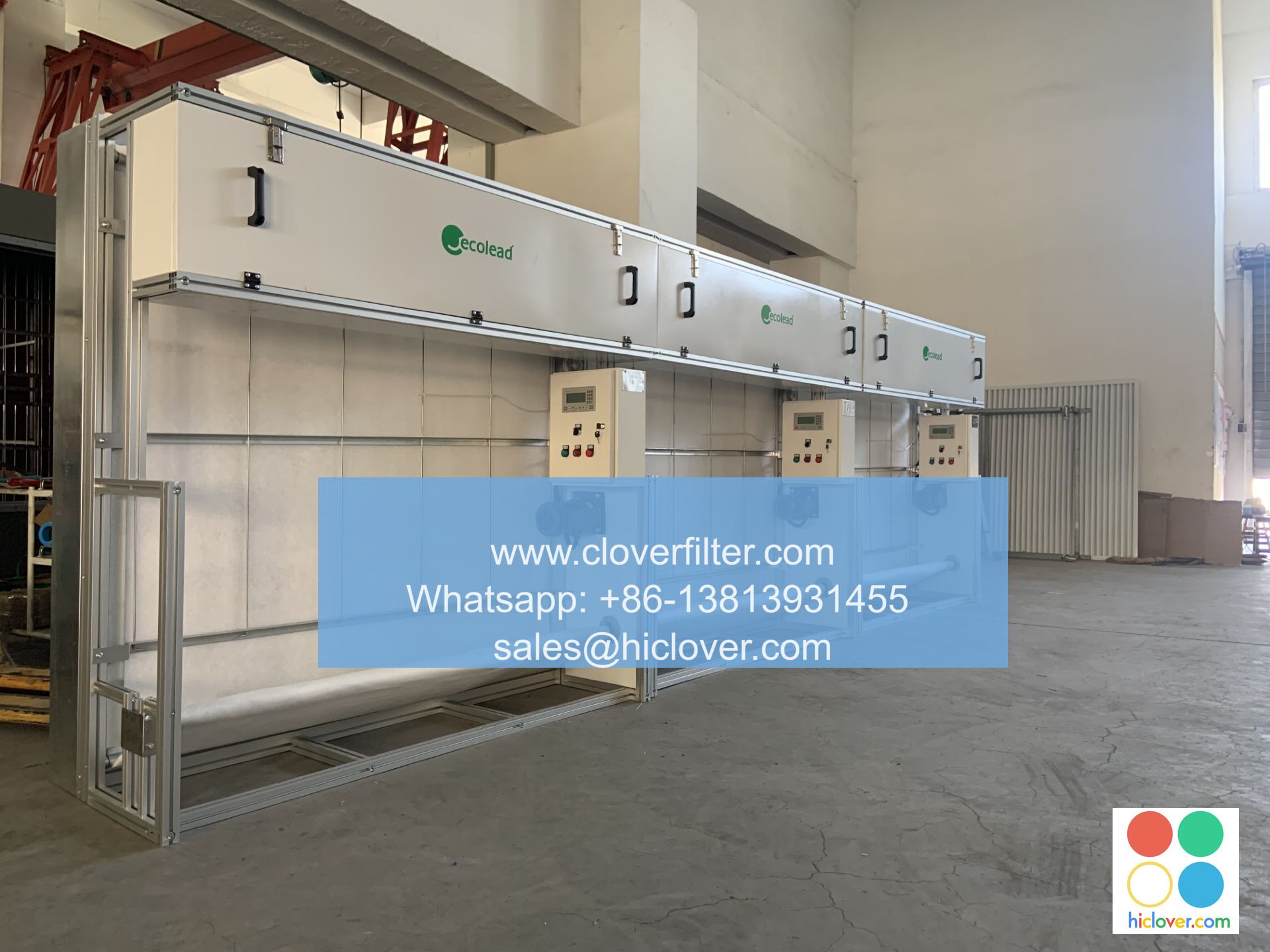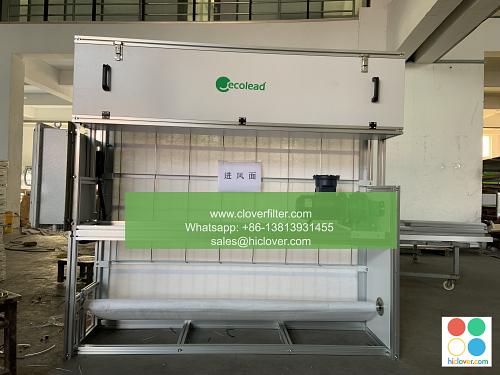Case Study: Air Filter Design for Industrial Processes

The design of air filters for industrial processes is a critical aspect of maintaining a safe and efficient working environment. Air filtration systems play a crucial role in removing particulate matter, gases, and vapors from the air, thus preventing air pollution and ensuring the quality of air in industrial settings. In this article, we will delve into a case study on air filter design for industrial processes, highlighting various application areas and the importance of customized filtration solutions.
Background and Problem Statement
Industrial processes often involve the release of hazardous pollutants into the air, which can have severe health and environmental impacts. The use of inadequate air filtration systems can lead to reduced productivity, increased maintenance costs, and non-compliance with regulations. Therefore, it is essential to design and implement effective air filtration systems that can capture particulate matter, gases, and vapors with high efficiency and reliability.
Case Study: Industrial Air Filter Design
A leading manufacturing company approached us to design an air filtration system for their industrial process. The company’s process involved the production of chemicals, which released hazardous fumes into the air. The existing air filtration system was inadequate, and the company was facing regulatory issues due to non-compliance. Our team of experts in air filtration worked closely with the company to design a customized air filtration system that could capture 99.97% of particulate matter and gases with a Size of 0.3 microns.
Application Areas
The designed air filtration system had various application areas, including:
* Chemical processing: The system was designed to capture hazardous chemicals and gases released during the production process.
* Pharmaceutical manufacturing: The system was also suitable for pharmaceutical applications, where high-purity air is required.
* Food processing: The system could be used in food processing industries to prevent contamination and ensure food safety.
* Power generation: The system could be used in power plants to reduce particulate matter and gases emissions.
Benefits and Results
The designed air filtration system provided numerous benefits to the company, including:
* Improved air quality: The system captured 99.97% of particulate matter and gases, ensuring high-quality air in the industrial setting.
* Increased efficiency: The system reduced downtime and maintenance costs, resulting in increased productivity.
* Regulatory compliance: The system ensured compliance with regulations, reducing the risk of fines and penalties.
Conclusion
In conclusion, the design of air filters for industrial processes is a critical aspect of maintaining a safe and efficient working environment. The case study highlights the importance of customized filtration solutions and the various application areas where air filtration systems can be used. By implementing effective air filtration systems, industries can reduce particulate matter and gases emissions, ensure regulatory compliance, and improve productivity and efficiency. It seems like you didn’t include a prompt. Could you please provide more details or clarify what you’re looking for? I’m here to help with any questions or topics you’d like to discuss.

